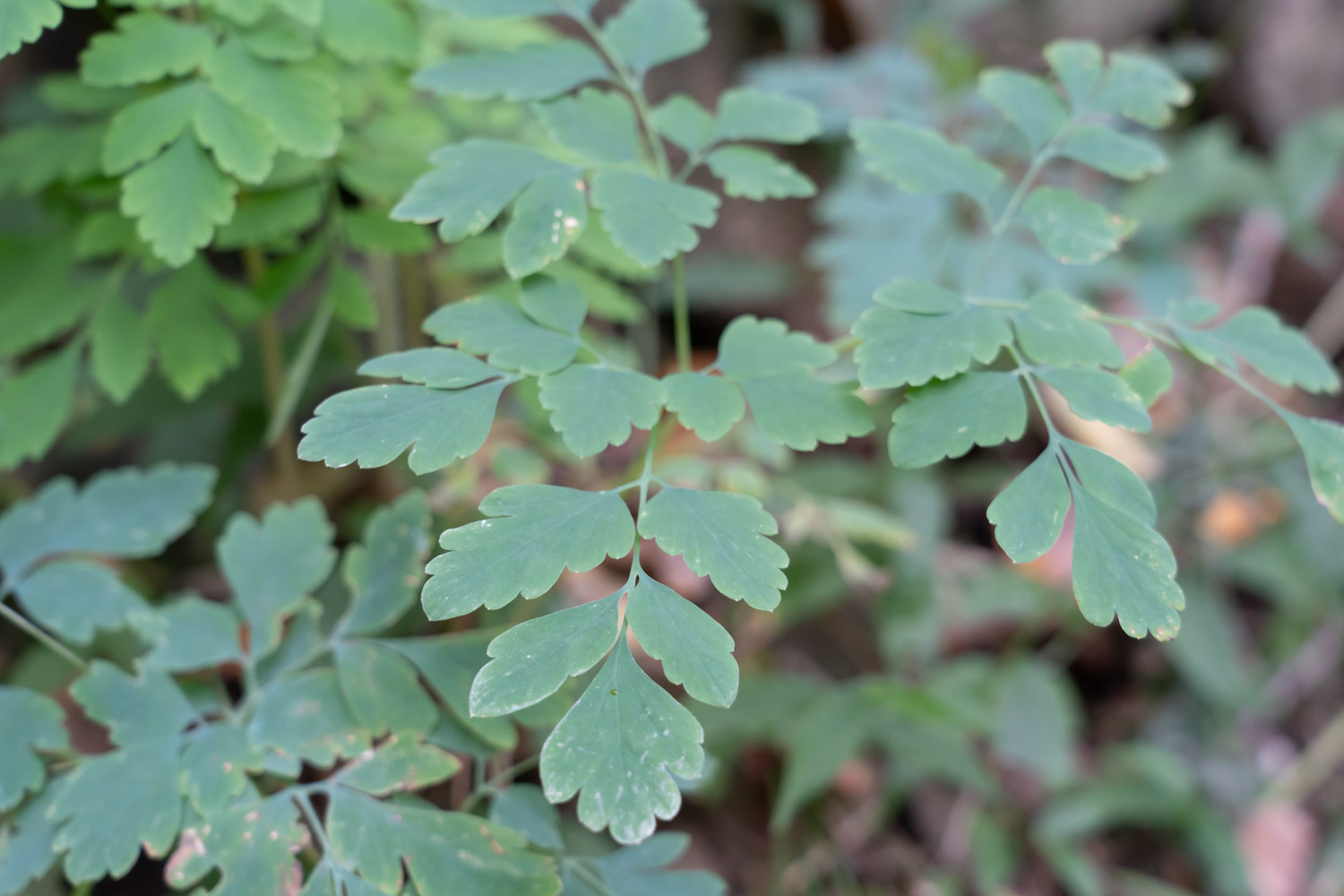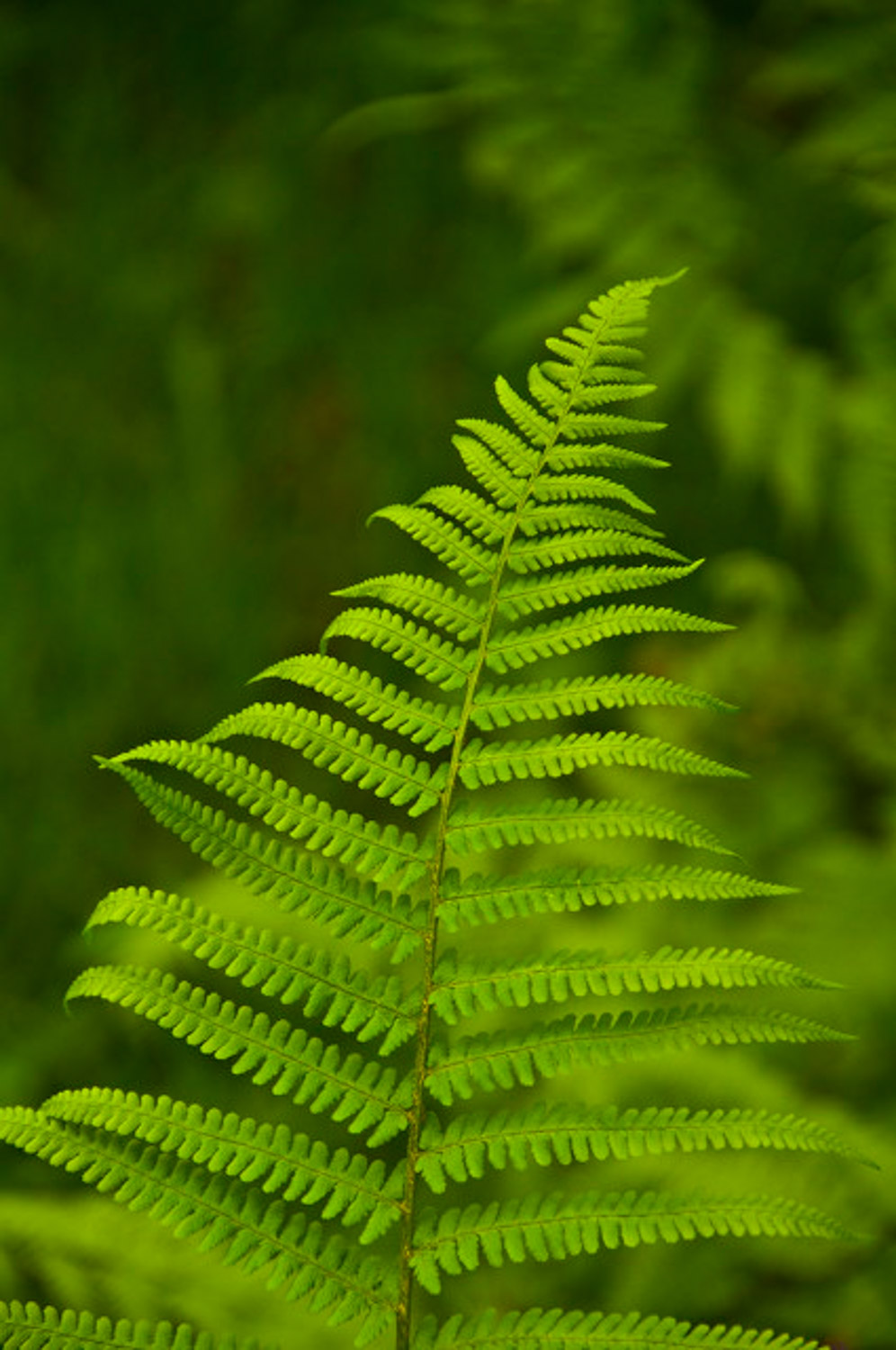Breeding method
Suitable moisture and humidity
Ferns like humidity and are not drought tolerant, so special attention should be paid to watering. During its vigorous growth period, it should be watered every day and sprayed on the leaves. It can also be sprayed around the growth of ferns to keep them moist. If the root is damaged and the blade is injured due to neglect or too little watering, put the basin into clean water and improve the humidity of the surrounding environment. If the leaves turn yellow or wither due to excessive watering, pull out the whole plant. At the same time, pay attention not to damage the roots, and cut off the rotten roots caused by excessive watering. Therefore, watering should follow the principle of moderation and should be done in the morning

Suitable temperature
The temperature required for the growth of ferns depends on the region in which they grow. For ferns growing in the tropics, the required temperature should be between 20 ℃ and 27 ℃, and not lower than 10 ℃ in winter. For areas growing in subtropical or temperate zones, the appropriate temperature should be between 15 ℃ and 20 ℃, and not lower than 7 ℃ in winter. In the north, special attention should be paid to the temperature not to be too low in winter, otherwise the ferns will be frozen
Sufficient light
Some people think that to give plants enough light is to put them in direct sunlight, which is obviously wrong. Ferns must not be placed in the direct sunlight, just in a bright place with sunlight. However, it does not need light in the whole process of its growth. It should be prepared for shade in the budding period and in a place with sufficient light in the dormant period. Insufficient light will lead to its non standing
Flowing air
During the cultivation of ferns, we must ensure the freshness and flow of the air, especially in the muggy summer. While ventilation, we should supplement water in time to avoid "draught"
Sufficient fertilizer
The planting of ferns must choose the soil rich in organic matter and loose soil. The matrix can be composed of sapropel, perlite and peat soil. Liquid fertilizer can also be added during plant growth. Nitrogen, phosphorus and potassium are particularly important for plant growth. Nitrogen can make plants grow vigorously, phosphorus can make plant roots developed, and potassium can promote photosynthesis and chlorophyll synthesis. The fertilizer applied should be comprehensive, so as to promote the better growth of plants

Precautions
Change Basin
It should be noted that ferns need to change pots every two to three years. Not a plant grows in a flower pot all its life. Be careful not to damage the root when changing the basin. When planting a new pot, don't put the soil on the plant first. You should put the plant in the pot first and put your own matched matrix in it. Some broken stones can be placed at the bottom of the basin to promote drainage and facilitate root respiration
Prevention of diseases and insect pests
Due to the poor environment, it is easy to cause some pests. The main pests are red spider and aphid. The existence of red spider will make the plant growth stagnate and the leaves wither and yellow. Use specific drugs for each pest, such as 1% abamectin 20000. Common plant diseases include quenching disease, rust disease and nematode disease. These diseases will make plants grow poorly or wilt in varying degrees, resulting in plants unable to grow normally. In the prevention and treatment of various diseases, we should analyze the specific situation

 jackfruit
jackfruit snake plant
snake plant hibiscus
hibiscus hydrangea
hydrangea lavender
lavender Green roses climb al...
Green roses climb al... If you don't pay att...
If you don't pay att... Management of four g...
Management of four g...



































